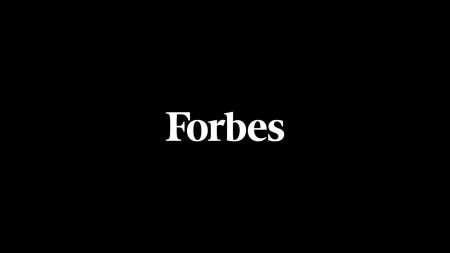The Small Business Administration (SBA) 7(a) loan program has experienced a remarkable surge in lending activity in the first quarter of fiscal year 2025, reaching near-record levels. With $8.8 billion in approved loans, this marks the second-fastest start since 1991, representing a significant 38% increase compared to the same period in 2024. This surge is reminiscent of the post-recession lending boom fueled by the Small Business Jobs Act of 2010, which expanded access to capital for small businesses. The 7(a) program, established in 1953, remains a cornerstone of small business financing, offering loans of up to $5 million with advantageous terms such as low down payments and extended repayment periods. Its appeal is particularly strong among individuals seeking to acquire existing businesses due to the government-backed guarantees that mitigate risk for lenders.
Several factors contribute to this upswing in SBA lending. One primary driver is the enduring entrepreneurial spirit, with a steady stream of individuals seeking to acquire businesses as a pathway to career and lifestyle change. Unlike large corporate mergers and acquisitions, which are often sensitive to interest rate fluctuations, aspiring entrepreneurs remain undeterred by higher financing costs. Furthermore, recent changes in SBA regulations have facilitated dealmaking. The May 2023 rule change allowing borrowers to obtain multiple 7(a) loans for acquisitions in different industries has broadened access to capital. The December 2024 update permitting the use of SBA-backed loans while concurrently offering sellers equity in the acquired business further enhances flexibility and deal structuring possibilities.
The ongoing wave of Baby Boomers reaching retirement age presents another contributing factor. This demographic shift is leading to an increased supply of well-established, profitable small businesses entering the market. These businesses, many having weathered the economic storms of the COVID-19 pandemic, are viewed as resilient and attractive investment opportunities for prospective buyers. This confluence of factors suggests that the robust pace of SBA-backed business acquisitions is likely to continue throughout 2025, creating a dynamic market for both sellers and buyers.
However, differing perspectives exist regarding the primary drivers of this lending surge. While business acquisitions and the “Silver Tsunami” of retiring Baby Boomers contribute significantly, some analysts argue that the growth is primarily fueled by smaller loans and lines of credit facilitated through the SBA’s Small Loans and Express Lines of Credit programs. These programs, designed for faster and more streamlined access to funding, offer loans up to $500,000 and revolving credit lines, respectively. While acquisitions understandably generate significant interest, the sheer volume of smaller loans suggests they play a crucial role in the overall increase in SBA lending activity.
Another noteworthy trend is the decrease in average loan size, even as overall loan volume increases. This suggests that banks and credit unions are increasingly filling the void for smaller loans, a space previously dominated by fintech lenders who often charged higher rates. This shift towards traditional lending institutions offering more competitive rates for smaller loans is beneficial for borrowers, preventing them from entering potentially unsustainable debt cycles. The adoption of technology by these institutions has streamlined the processing of smaller loans, making them more economically viable to service.
The leading SBA lenders in the first quarter of 2025 highlight the evolving landscape of small business financing. Newtek Bank, the top lender for both the first quarter and fiscal year 2024, demonstrates the increasing role of specialized institutions in facilitating SBA lending. Live Oak Banking Company and The Huntington National Bank, also among the top three lenders, showcase the continued engagement of established financial institutions in supporting small business growth. Collectively, these top three lenders accounted for a significant portion of the total loan volume, reflecting their crucial role in channeling SBA funds to small businesses across the country. The evolving dynamics of the SBA lending market underscore the importance of understanding the various factors driving growth and the diverse range of lenders participating in this vital program.










